Introduction to Modern Smile Makeovers
Cosmetic dentistry continues to evolve with rapid technological innovations and shifting patient preferences. In 2025, smile makeovers are no longer about chasing generic perfection but about creating natural, personalized, and health-conscious smiles. Patients enjoy unprecedented involvement in treatment planning, aided by digital tools and minimally invasive procedures that preserve natural tooth structure while delivering stunning results.
Digital Smile Design and AI: Empowering Personalized Smile Planning
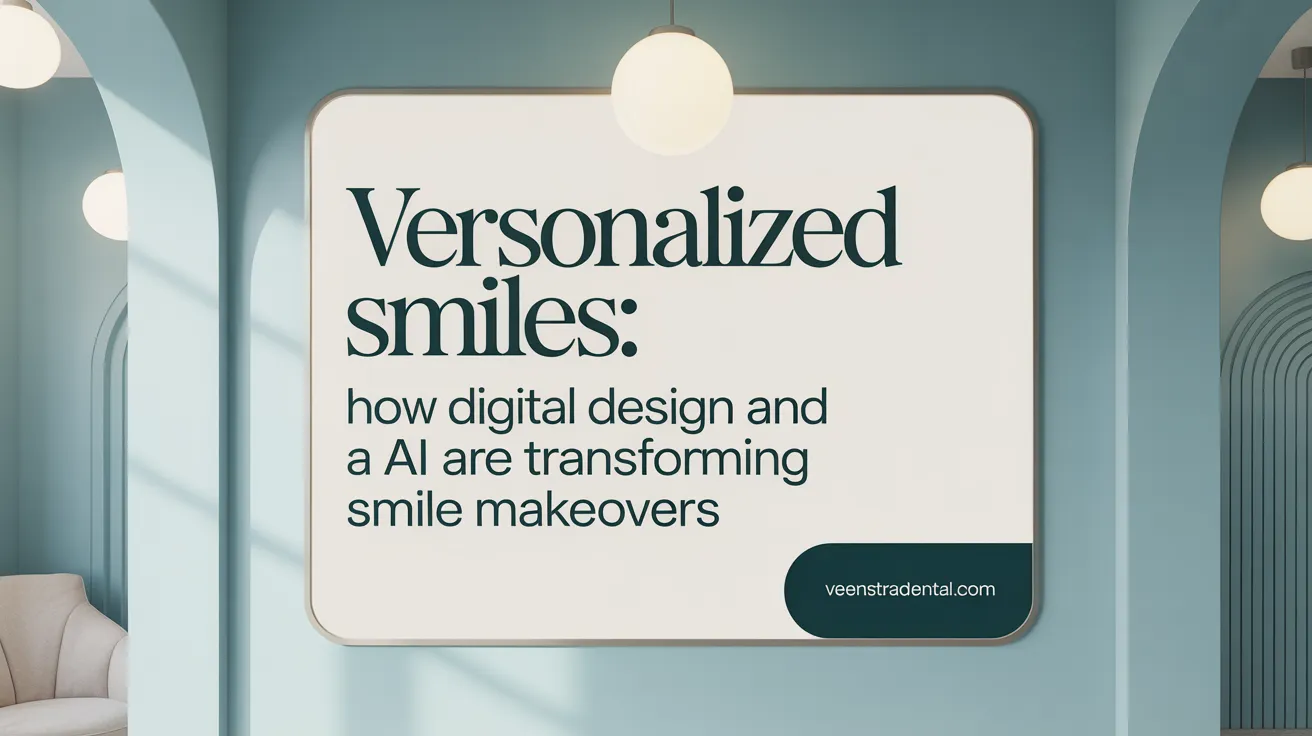
How is Digital Smile Design changing smile makeovers?
Digital Smile Design (DSD) transforms smile makeovers by using advanced digital imaging and 3D simulation to create virtual previews of a patient's future smile. This technology lets patients actively participate in designing their ideal smile before any treatment begins, ensuring highly personalized and predictable results.
What role does Artificial Intelligence play in cosmetic dentistry?
Artificial Intelligence (AI) significantly enhances cosmetic dentistry by analyzing facial and dental structures, such as teeth placement and smile symmetry. AI supports precise customization of treatments, helps predict outcomes accurately, and optimizes treatment plans for better efficiency and patient satisfaction.
How do 3D imaging and virtual mockups improve treatment planning?
The use of 3D imaging complements Digital Smile Design by providing detailed, accurate measurements of teeth and facial features. Virtual mockups allow both dentists and patients to visualize anticipated results, facilitating better communication and reducing uncertainties during the smile makeover process.
How does digital technology affect patient engagement and confidence?
Digital tools like DSD and AI empower patients by involving them in treatment decisions and offering clear previews of results. This increases their confidence, improves satisfaction with outcomes, and reduces anxiety about the procedures.
These advancements make cosmetic dentistry in 2025 more precise, patient-centered, and streamlined, elevating the overall experience and outcomes for smile makeover patients.
Minimally Invasive Materials and Techniques: Preserving Natural Teeth
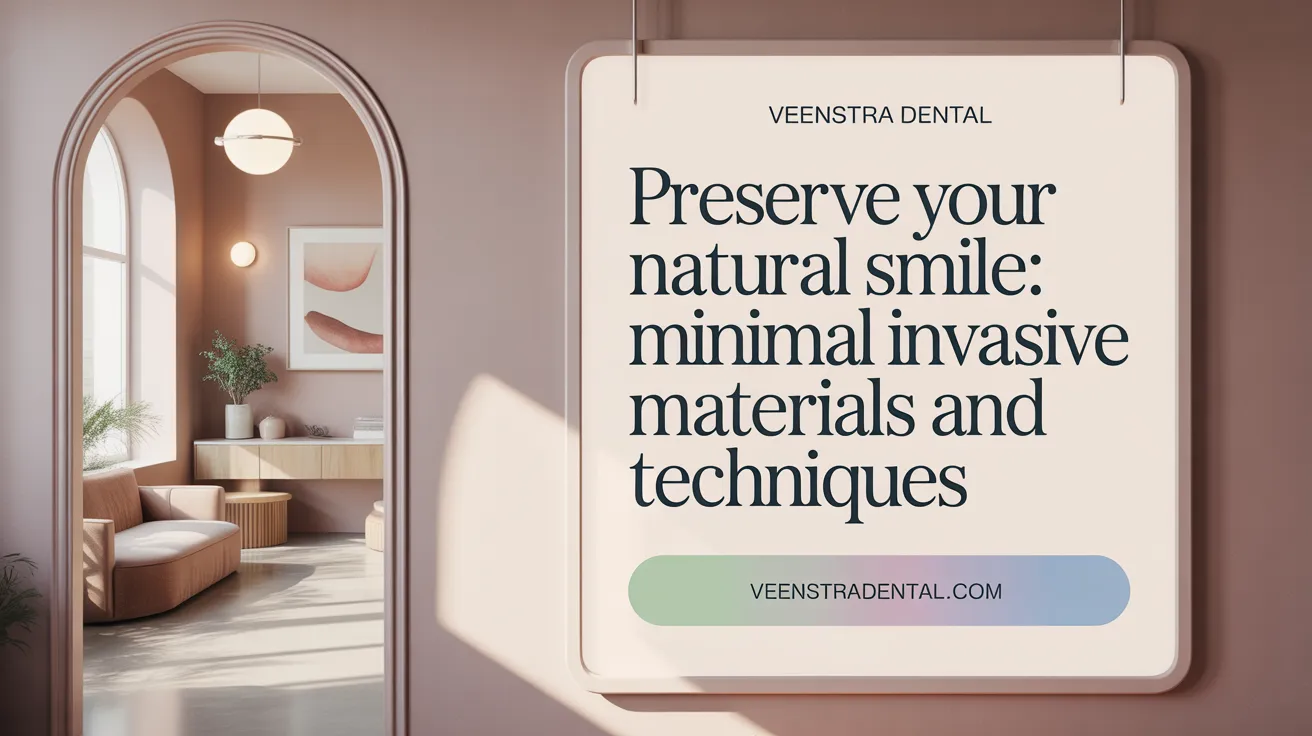
What are the latest minimally invasive procedures in smile makeovers?
Modern smile makeovers increasingly prioritize preserving natural tooth structure through minimally invasive cosmetic dentistry. No-prep and minimal-prep veneers are ultra-thin shells bonded directly to teeth without extensive grinding, allowing patients to enjoy natural aesthetics with minimal discomfort. Composite bonding has also advanced, requiring less enamel removal while effectively fixing chips, gaps, and discoloration, usually completed in a single visit.
Laser dentistry plays a significant role by enabling precise, minimally invasive treatments such as gum contouring and teeth whitening with reduced pain, bleeding, and faster healing. Another gentle technique gaining popularity is enamel microabrasion, which conservatively removes surface stains and minor imperfections without the need for restorations.
Which materials are favored for natural and durable smile enhancements?
Biomimetic materials that replicate the physical and aesthetic properties of natural teeth are preferred for their durability and lifelike appearance. Zirconia and E-max ceramics are commonly used for veneers and crowns due to their strength, translucency, and stain resistance, ensuring long-lasting results.
Composite resins provide a versatile and cost-effective alternative; they can be customized for shade and require minimal intervention while offering an excellent aesthetic outcome. In addition, there is a growing trend towards biocompatible and eco-friendly materials that minimize toxicity and environmental impact, aligning with holistic patient care.
These innovations collectively support smile enhancements that are not only beautiful and durable but also respectful of the natural tooth structure and overall oral health.
Advancements in Teeth Whitening and Orthodontics for Enhanced Smiles
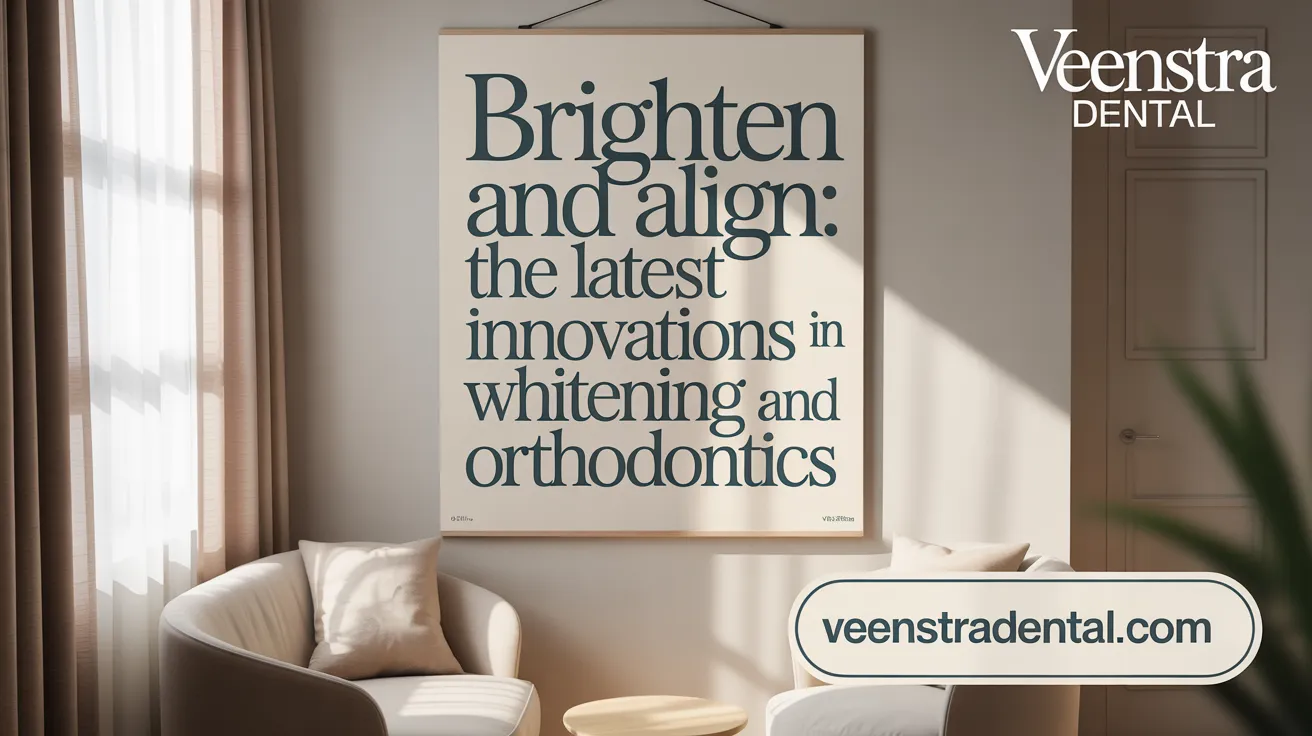
What are the new teeth whitening techniques in cosmetic dentistry?
Modern cosmetic dentistry has embraced advanced teeth whitening technologies that provide faster, longer-lasting results with reduced sensitivity. Procedures like laser whitening and LED-activated treatments use specialized lights to accelerate bleaching, delivering a brighter smile in less time. Additionally, custom take-home whitening kits with non-peroxide gels complement these in-office treatments, allowing patients to maintain their results safely and comfortably at home.
How have orthodontic treatments evolved in smile makeovers?
Orthodontic care has seen significant innovation with the rise of invisible aligners such as Invisalign and SureSmile®. These clear aligners are favored for their discreetness and comfort, making them popular among adults and teens alike. Incorporating artificial intelligence, some aligners now offer remote progress monitoring and can address more complex orthodontic issues efficiently. Moreover, orthodontic treatments are commonly combined with cosmetic dentistry procedures, creating comprehensive smile makeovers that enhance both alignment and aesthetic appeal.
Together, these advancements in whitening and orthodontics improve not only the appearance of teeth but also patient experience, ensuring effective results with minimal disruption to daily life.
Natural, Personalized Aesthetics: Moving Beyond Hollywood Smiles
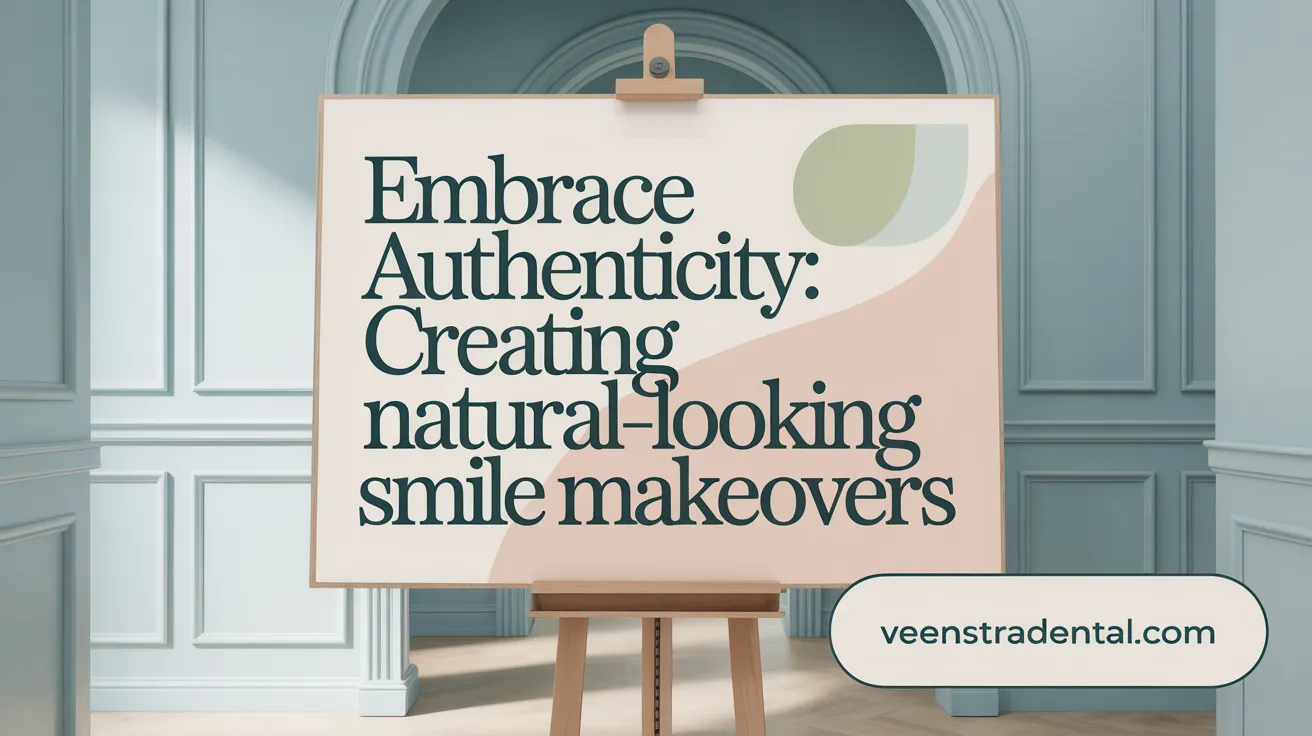
How is the trend toward natural-looking results influencing smile makeovers?
The modern approach to smile makeovers emphasizes customization based on an individual's unique facial features such as face shape and skin tone. This shift moves away from the traditional, uniform "Hollywood-style" perfect smiles toward natural-looking smile makeovers. Treatments focus on subtle procedures like tooth contouring and gum reshaping, which quickly improve smile balance and harmony without requiring invasive work. These minimal adjustments create smiles that blend seamlessly with a person’s overall appearance, enhancing rather than altering their natural beauty.
What influences are shaping patient preferences in cosmetic dentistry?
Social media has been a strong driver in popularizing the "Insta smile" trend, initially promoting highly perfect and bright smiles. However, patient preferences are evolving toward subtle, authentic, and personalized smile enhancements that better reflect individual personality and style. Alongside aesthetic preferences, holistic oral wellness approaches are gaining importance. Patients now seek biocompatible dental materials and consider lifestyle factors such as nutrition and hydration to maintain oral health and ensure the longevity of their smile makeover results.
Technological Innovations Driving Efficiency and Accessibility
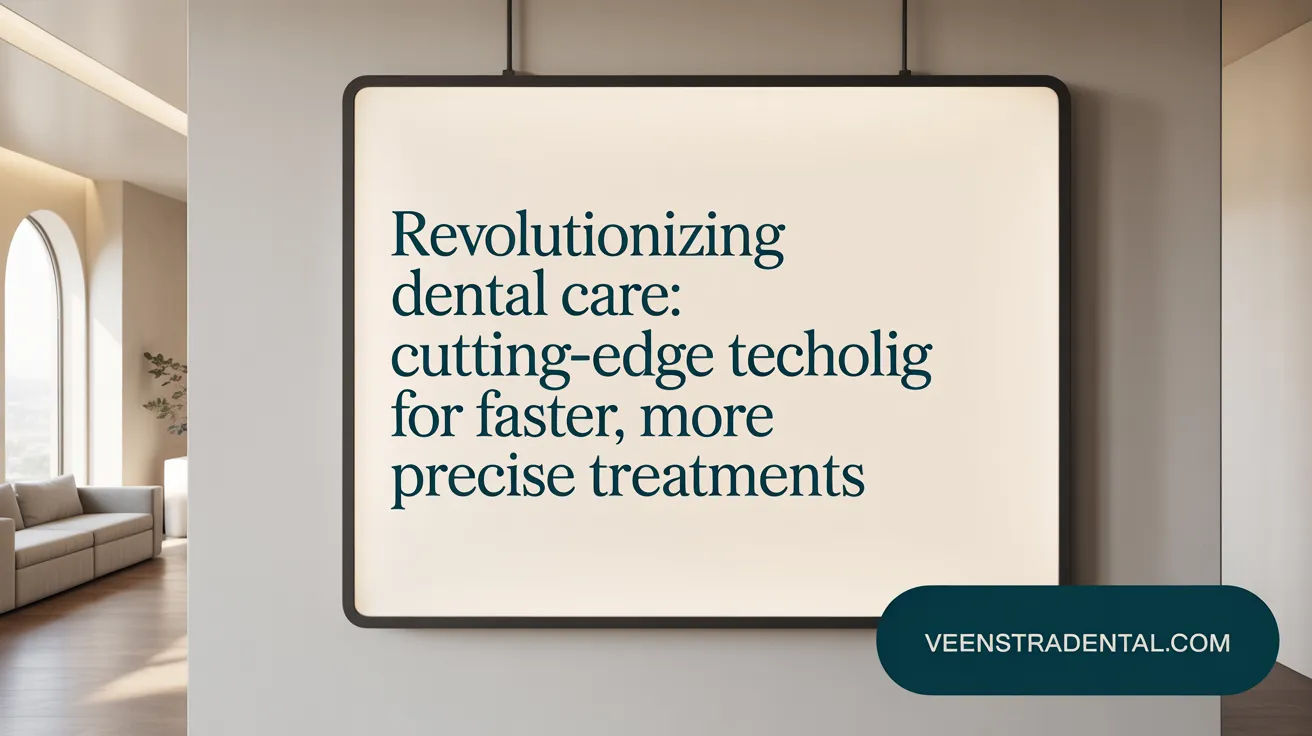
What technological advances are improving cosmetic dental care?
In recent years, several technological innovations have revolutionized cosmetic dentistry, making treatments faster, more accurate, and accessible. One major advance is 3D printing, which allows dental practices to rapidly fabricate highly customized restorations such as crowns, veneers, implants, and aligners. This technology ensures precise fits and reduces both treatment time and costs, greatly benefiting patients.
CAD/CAM (Computer-Aided Design and Computer-Aided Manufacturing) technology further complements this progress. It enables chairside creation of dental restorations like same-day crowns and veneers, allowing patients to receive treatment and final restorations in a single visit.
The rise of laser dentistry provides minimally invasive options for procedures like gum contouring and teeth whitening. Laser treatments reduce discomfort, bleeding, and recovery time, enhancing patient experience.
Emerging digital tools such as augmented reality (AR) and virtual consultations are improving patient understanding and engagement. AR allows real-time visualization of potential smile outcomes, while virtual platforms increase accessibility to expert advice without requiring physical visits.
How is sustainability incorporated into modern cosmetic dentistry?
Sustainability has become a focus in cosmetic dentistry practices. The use of eco-friendly and biocompatible materials such as biodegradable ceramics and resin composites reduces environmental impact and promotes patient safety.
Dental clinics are adopting waste reduction strategies and energy-efficient equipment to minimize their ecological footprint. These efforts align with growing patient demand for environmentally responsible dental care options.
Together, these technological and sustainable advances not only improve the efficiency and quality of cosmetic dental care but also support long-term oral health and environmental stewardship.
Conclusion: Embracing the Future of Smile Makeovers
The landscape of cosmetic dentistry in 2025 is defined by technological sophistication, minimally invasive techniques, and patient-centric customization. Digital Smile Design combined with AI empowers patients and clinicians to collaborate for truly personalized outcomes. Innovations in materials and procedures preserve natural tooth structure while achieving beautiful, natural smiles tailored to each individual's unique features and lifestyle. Enhanced whitening methods and discreet orthodontics integrate seamlessly into comprehensive smile makeovers. Furthermore, an increased emphasis on holistic wellness and sustainability underscores the evolution of cosmetic dentistry as a field that values health and authenticity alongside aesthetics. As technology continues to advance and patient preferences evolve, smile makeovers will become more accessible, safer, and finely tuned to creating smiles that boost confidence and well-being for years to come.
